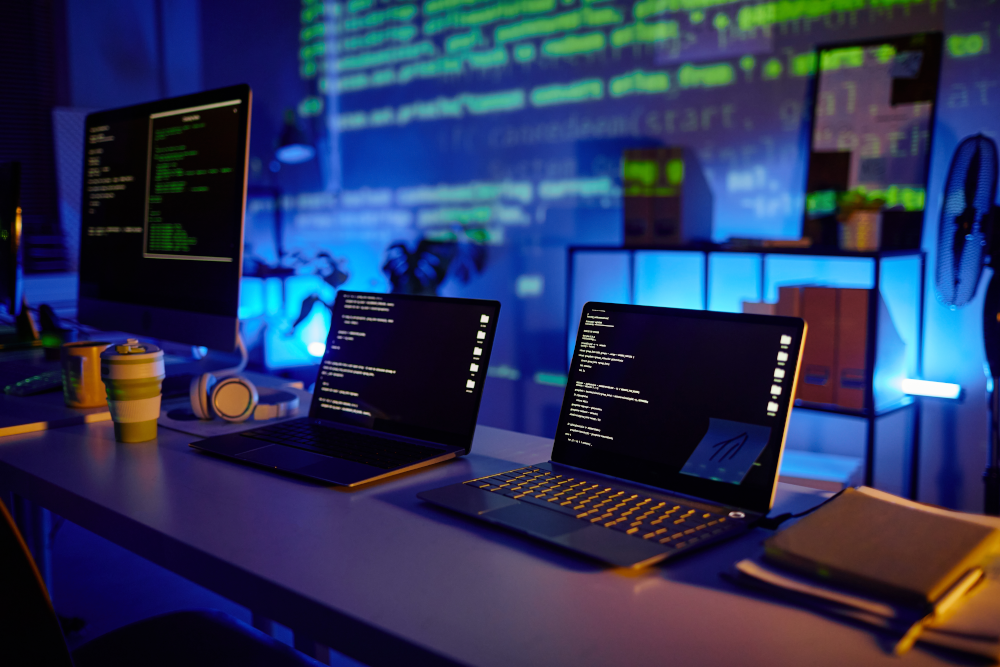The recent updates to the ISO/IEC 27001:2022 and ISO/IEC 27002:2022 standards mark a significant evolution in the framework for managing information security and addressing the complexities of modern cybersecurity threats. The modifications made in these revisions are designed to enhance the clarity, applicability, and relevance of the standards, ensuring that organizations can effectively safeguard their information assets in an increasingly digital and interconnected world. As we delve deeper into the specifics of these changes, it becomes clear that adapting to these updates is not merely about compliance; it’s about seizing a strategic advantage in cybersecurity defense.

Enhancements in ISO/IEC 27001:2022: Addressing Modern Security Challenges
The updates to ISO/IEC 27001:2022 represent a significant shift toward addressing contemporary cybersecurity challenges. By refining the standard’s structure for clarity, introducing a reorganized numbering system, and setting new benchmarks for ISMS process definitions, these amendments underscore the importance of robust information security protocols. Enhanced communication of organizational roles and the inclusion of a clause dedicated to planning changes are strategic responses to the dynamic nature of cyber threats, ensuring that organizations can adapt their ISMS with agility and precision.

Modernizing Information Security with ISO/IEC 27002:2022 Revisions
Simultaneously, the ISO/IEC 27002:2022 revisions modernize the framework of information security controls, mirroring the rapid advancements in cybersecurity and privacy protection. Transitioning to a streamlined guideline, the standard now emphasizes a reduced yet more focused set of security attributes: Organizational, People, Physical, and Technological. The introduction of 11 new controls specifically addresses the nuances of today’s cybersecurity landscape, including cloud services and threat intelligence, enhancing the standard’s relevance and applicability. Organizations are thus urged to proactively integrate these updates into their cybersecurity strategies. This transition extends beyond mere compliance, offering a strategic opportunity to adopt the forefront of cybersecurity measures and safeguard against modern threats.

Strategic Integration and Alignment with Updated Standards
Effective integration involves a meticulous gap analysis, pinpointing the alignment or divergence of current practices with the updated standards. Organizations should reassess their cybersecurity frameworks, refining policies and operational controls to resonate with the updated standards. This strategic realignment not only assures compliance but also fortifies the organization’s resilience against evolving cyber threats.

Navigating Transition Challenges for Smooth Adoption
Anticipating challenges in this transition is key. Organizations may grapple with understanding the nuanced changes and their operational implications. Allocating adequate resources, ensuring thorough comprehension of the updates through expert consultations, and facilitating comprehensive training can mitigate these hurdles. By preemptively addressing these potential obstacles with informed planning and strategic resource allocation, organizations can seamlessly transition to the updated standards, reinforcing their cybersecurity posture and resilience.

The Forward Path: Embracing the New Standards
As we advance, the adoption of ISO/IEC 27001:2022 and ISO/IEC 27002:2022 is not merely a compliance requirement but a strategic imperative that fortifies an organization’s cybersecurity defenses, aligning them with the pinnacle of global security standards. This transition is a testament to an organization’s commitment to excellence in cybersecurity, exemplifying a forward-thinking stance in safeguarding its informational assets against the multifaceted threats of the digital world.

